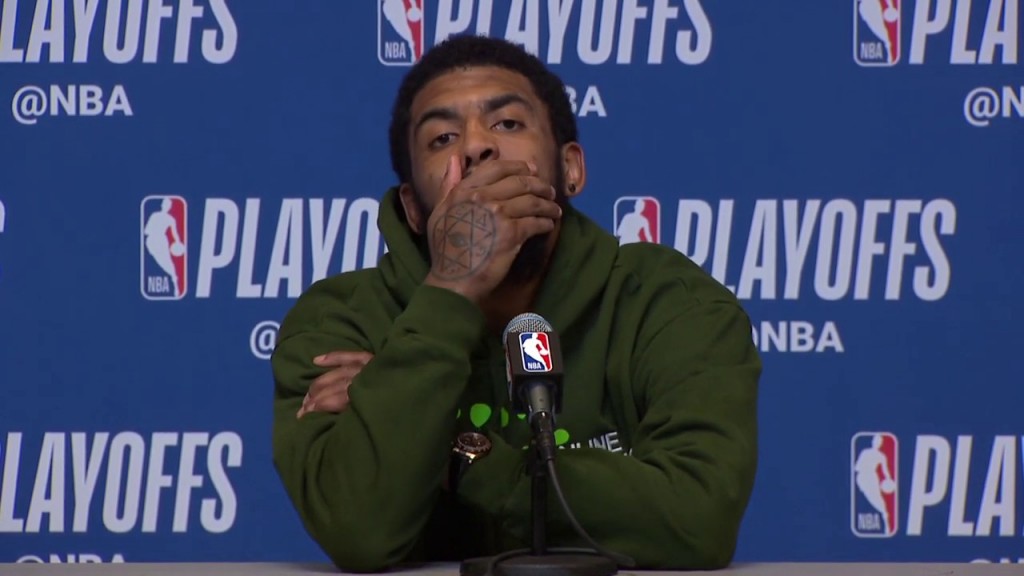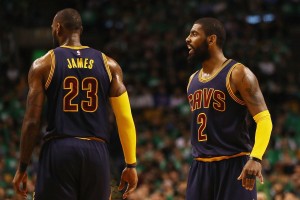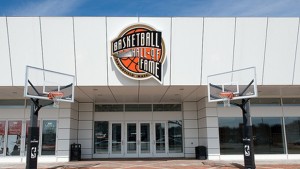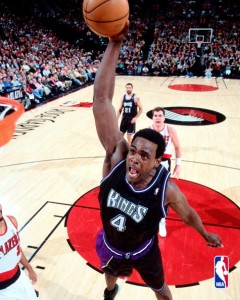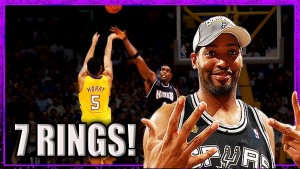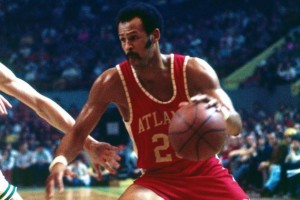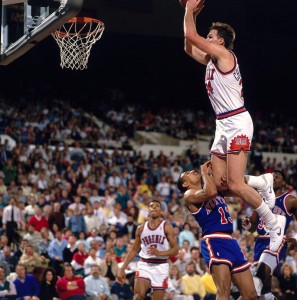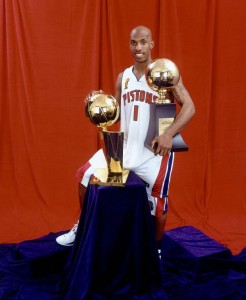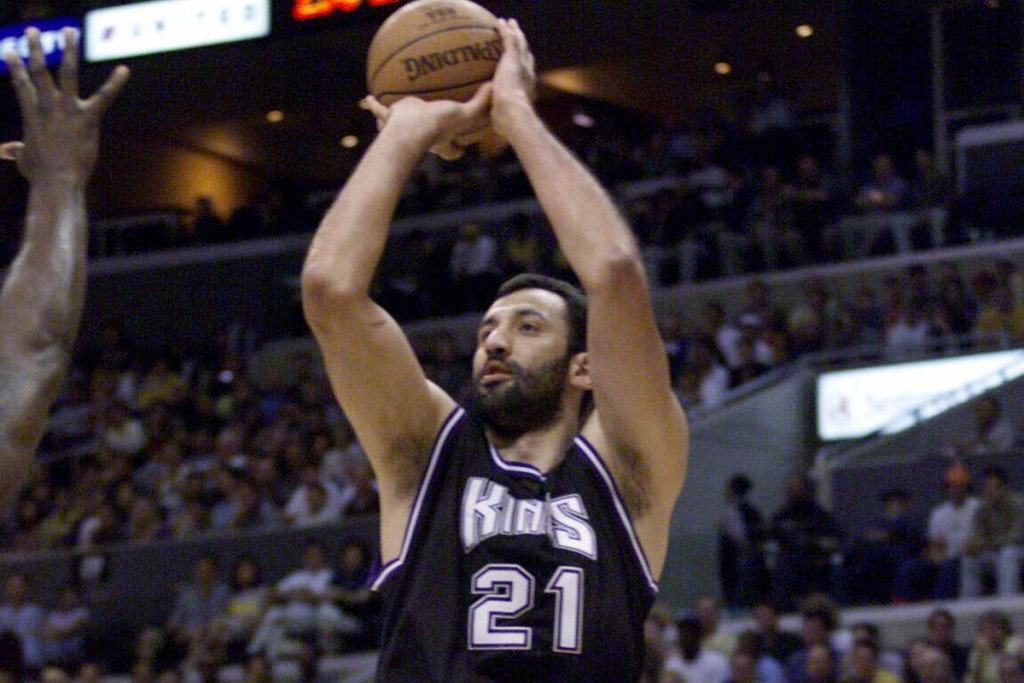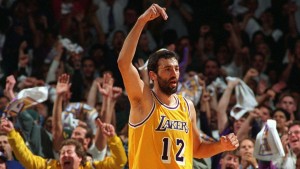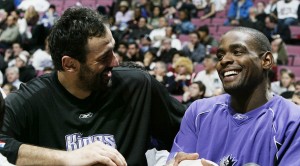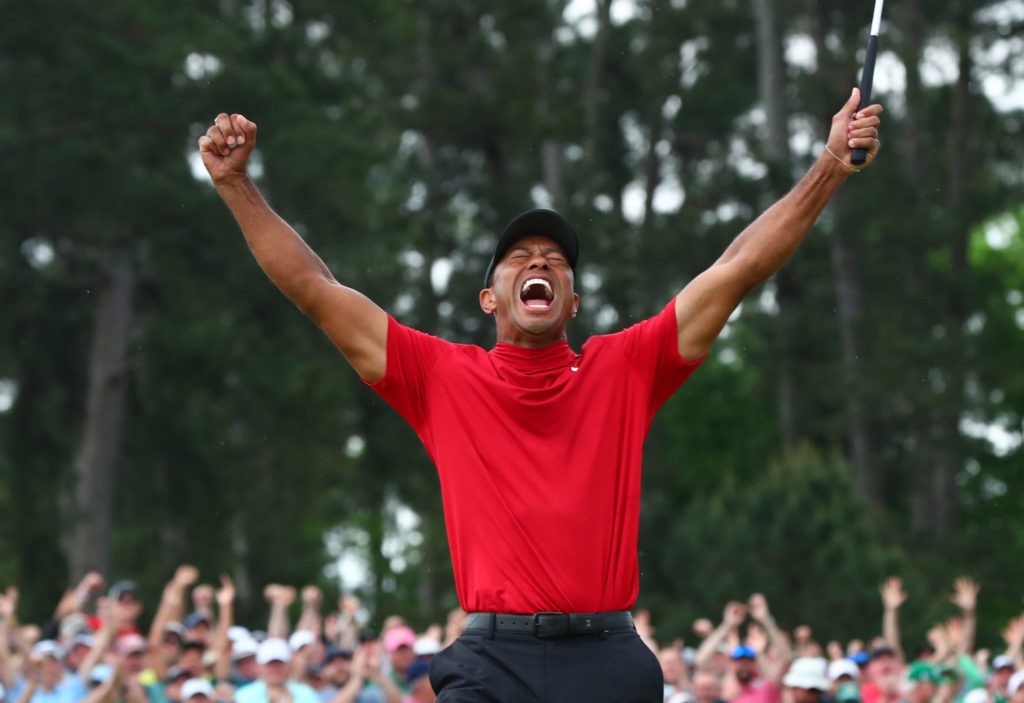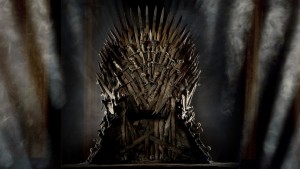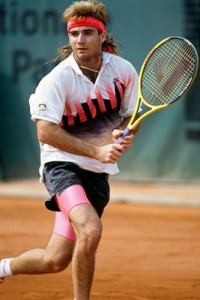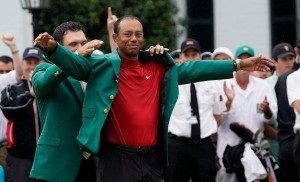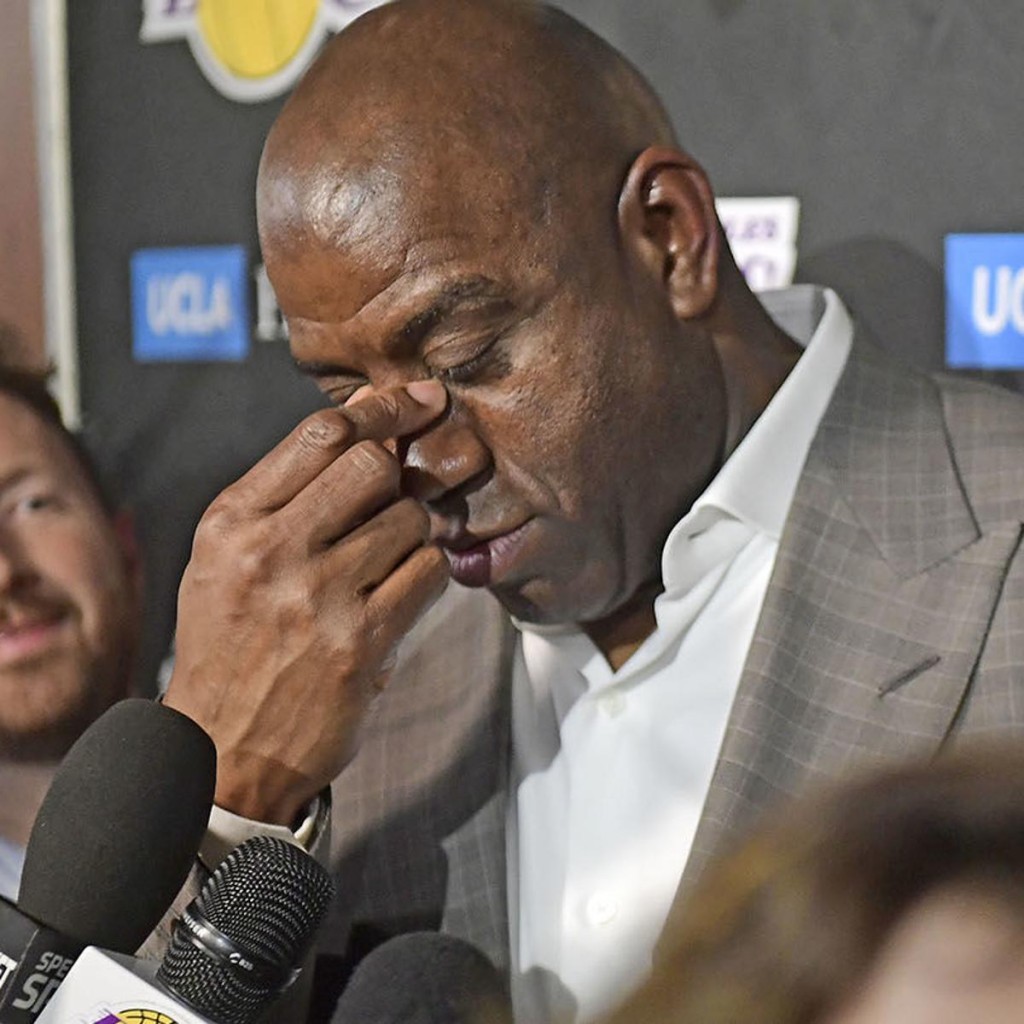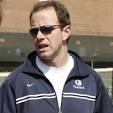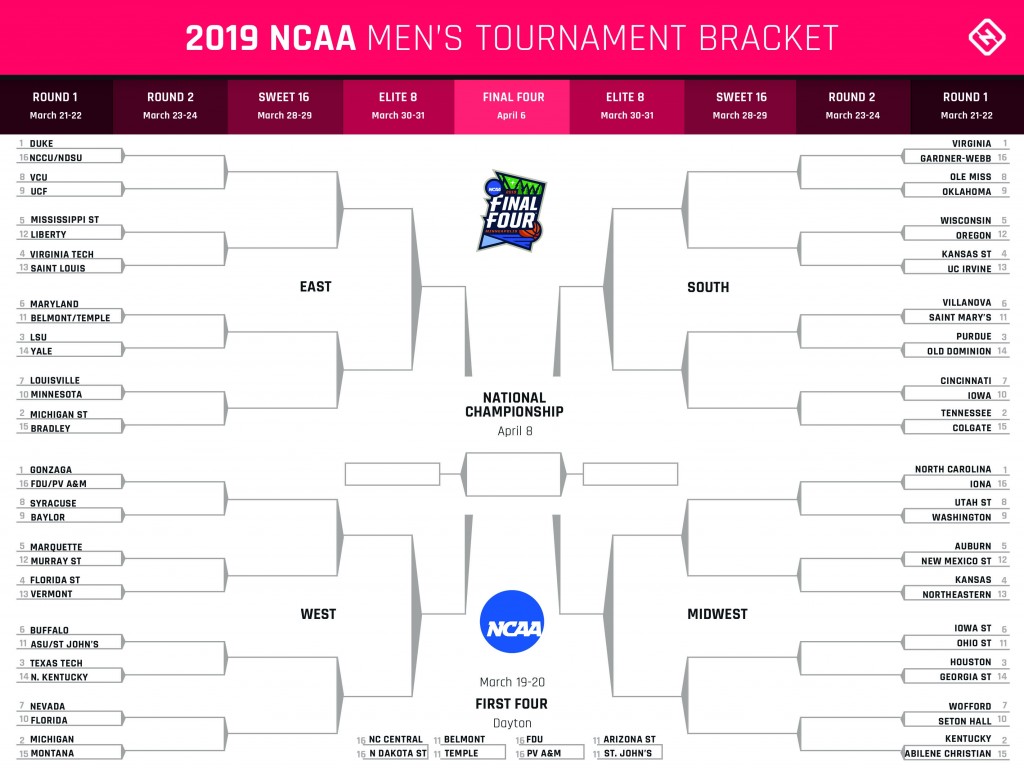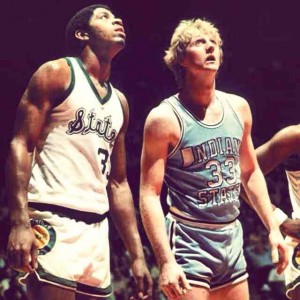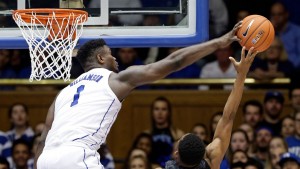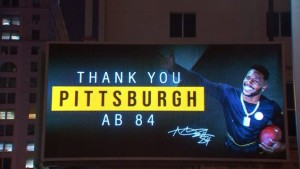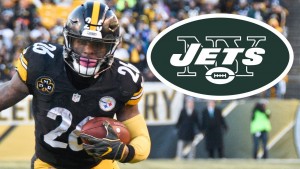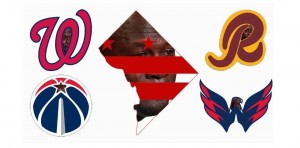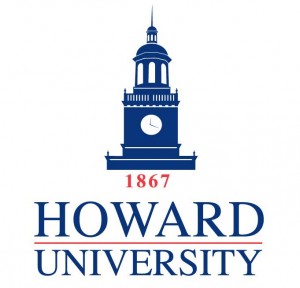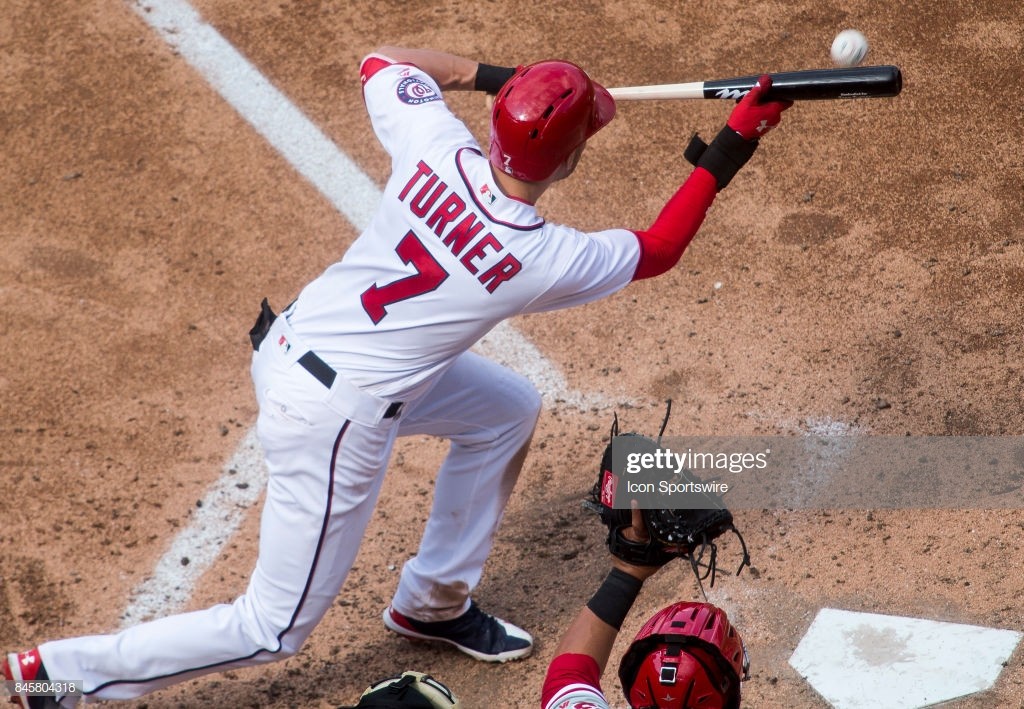
WASHINGTON, DC – SEPTEMBER 10: Washington Nationals shortstop Trea Turner (7) bunts during a MLB game between the Washington Nationals and the Philadelphia Phillies on September 10, 2017 at Nationals Park, in Washington DC. (Photo by Tony Quinn/Icon Sportswire via Getty Images)
Nationals’ leadoff hitter Tre Turner is back in the lineup after injuring his finger while attempting to bunt. Though he is a non-traditional leadoff hitter with 19 homers and 73 RBI’s last year, he did steal 43 bases. What is baffling about his injury is that it was foreseeable. When one looks at how he was holding the bat while trying to bunt, it really was just a matter of time before just such an injury would happen. His finger was wholly exposed. I was taught to bunt by a great little league coach named Felix Duncan. I already had a good idea because it was much more a part of baseball in the 1970’s compared to today, especially for smaller players like myself with decent speed. You pinch the bat from the backside of the barrel, which both provides control and protects your fingers. Therefore, the only conclusion that I can think of is that either Turner was taught poorly or never taught at all how to bunt.
The fact that one of the better leadoff hitters in baseball is not adept at bunting is telling of where the game is today and baseball should care.
While home runs, even in the supposed post-steroid era, are up, bunts, singles, sacrifices, and stolen bases are down. The latter four were once considered the core of “Small Ball” or the strategy of winning without the 3-run home run. It was not a fringe tactic. The best two National League teams of the 1960’s, the Dodgers and the Cardinals, were not power hitting teams, but employed this offensive strategy. It worked well enough for them to make it to six World Series and win four. Neither team had a single player hit 30 homers the years that they made it to the Worlds Series. In fact, they each would only have one 30-homer season for the entire decade. Yes, this was the height of a dominant pitching era. So much so, that the mound was lowered after the 1969 season. Nevertheless, highly successful managers Billy Martin and Whitey Herzog continued to use “Small Ball” throughout the 1970’s and into the 1980’s.
Even today, if you look at the baseball team with the longest drought of seasons without a 30-home run player, you will also discover the same franchise has won three World Series over that time span. The bottom line is a team need not be prolific in hitting home runs to win the World Series. In fact, a case can be made to the contrary. Feast or famine/swing for the fences teams tend to fizzle out in the playoffs and it is no accident. The playoffs are stacked with the league’s best pitching staffs and a common trait for such staffs is their capacity to limit the home run in general, but especially with men on base. For example, the great Orioles Hall of Famer, Jim Palmer threw just under 4000 innings in his career and NEVER gave up a grand slam home run. The same great Orioles teams for which Palmer played would have likely won one or two more World Series titles if Hall of Fame manager Earl Weaver used the small ball approach more. Weaver had the luxury of having the power of Frank and Brooks Robinson, Boog Powell, Lee May, Reggie Jackson, Eddie Murray, and Cal Ripken. He hated the idea of the sacrifice. His position was that a team only gets 27 outs. Why give any away? This was always the wrong question. The question should be “how productive can one make those outs?”, and the undisputable answer is that a sacrifice to move a runner is much more productive than a strikeout.
The problem is that baseball does not seem to care to keep Small Ball as a part of the strategic buffet. There are several factors behind this:
- Chicks and D*&#s dig the long ball: One of the most exciting aspects of the game has been embellished in ways beyond PEDs. Parks are rarely built to accommodate pitching anymore, with such things as contracted foul territory, which means hitters get extra chances, as opposed to being out:
- Attendance is dropping but profits are at an all-time high
- Why fix what (financially) isn’t broken?
However, if unsustainability is an indicator of brokenness, and it is, baseball should care. The current home run or bust trend is squeezing out smaller potential baseball players and in doing so, in effect, pushing the sport in the direction of football and basketball, in that there is an unofficial size requirement. It is precisely the lack of size requirement that made baseball the most democratic of the three major sports in terms of opportunity. Sure, there was an Allen Iverson in the NBA and a Darren Sproles in the NFL. But both are the exceptions and not the rule. The irony of this all is that now is the greatest window for baseball to bring back young fans and potential players. The concern of parents about head injuries in football and the ever-increasing lottery nature of becoming an NBA player, as well as the expense of AAU basketball, provide a vacuum in sports options that could benefit baseball.
What should baseball do?
- Mandate a greater emphasis on “Small Ball” skills that have been clearly deemphasized in all MLB camps and developmental leagues;
- Be sure that the next round of new parks are pitcher-friendly, which would force teams to build around an alternative to power;
- Move the fences back around the league. If the NBA can recognize the need for this regarding the 3-point line, surely baseball can do the same regarding home runs.
As baseball’s core fan base gets older and whiter, the game risks missing the boat on the obvious demographic changes around the country. It cannot afford monolithic appeal. Bringing “Small Ball” back would go a long way to expand that appeal and sustain the game.

